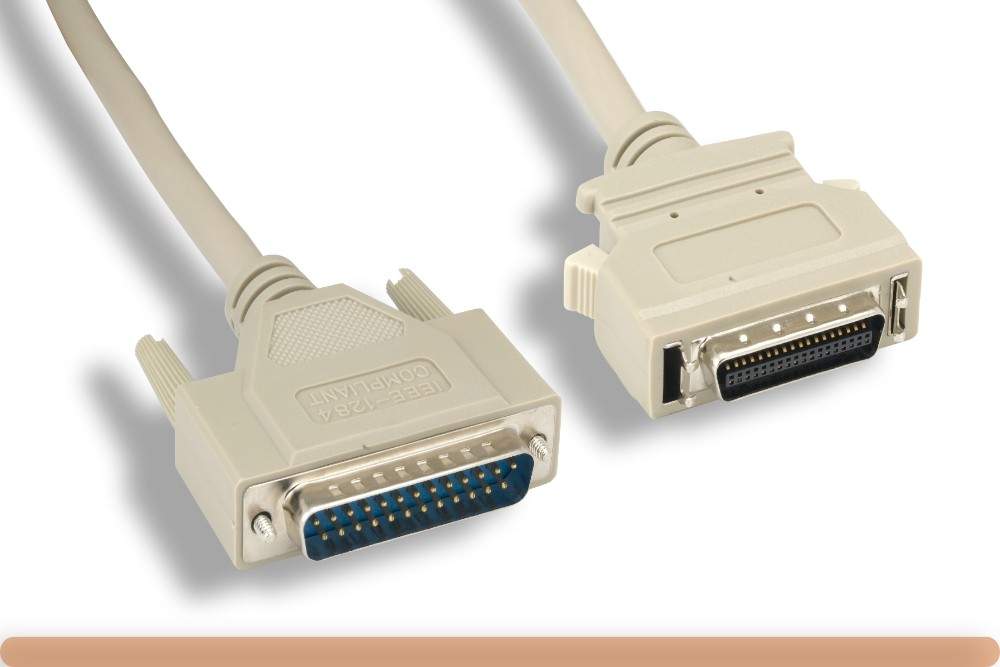
What are the different types of cable assemblies? Parallel cable assemblies allow multiple data blocks to be transferred simultaneously from one device to another, which increases the overall transfer speed. Parallel cables enable connections to motherboards in systems with a disk drive application and they are also used to link to external circuit boards. Many SMEs (small and medium-sized enterprises) in the manufacturing and production sectors also use parallel cable assemblies due to their high-speed transfer attributes. Examples include educational facilities like schools and universities where printers, scanners and older monitors are used. Parallel assemblies are typical in industries where legacy computer technologies and peripherals are still in operation. RS offer a selection of high-quality cables from leading brands including Keysight Technologies, Keithley, Roline and of course RS PRO. The assemblies are used where older computer peripherals such as printers and scanners need to be connected to computers. Although USB cables are now more commonplace parallel cables are still needed.

Parallel cable assemblies are used to connect two PC's together via parallel ports.


 0 kommentar(er)
0 kommentar(er)
